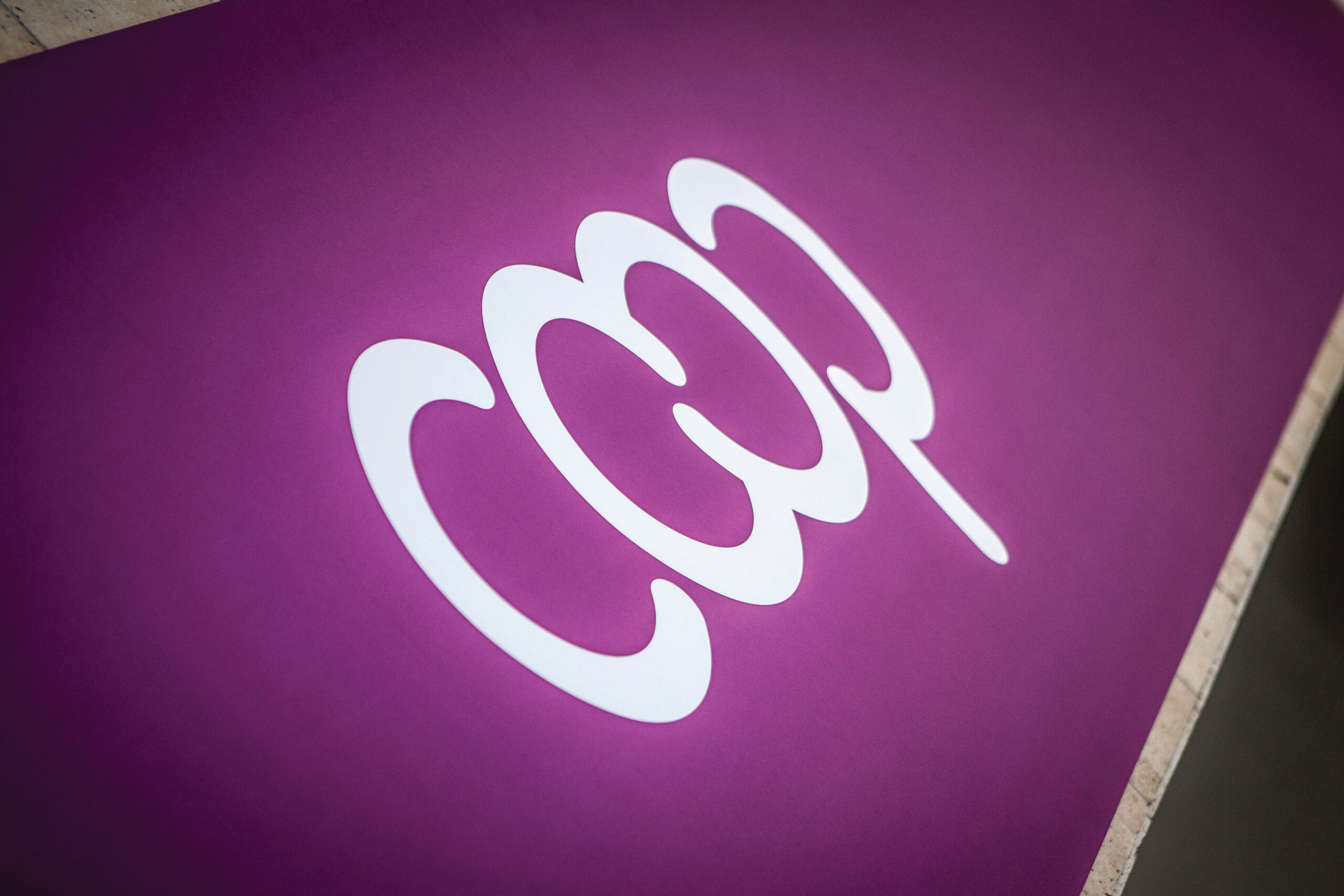Shouting about co-op credentials is an effective way for a co-op to highlight how it differs from competitors. But not all co-operatives do it. So what is stopping them? And what will encourage them to start?
Research into the global reputation of co-operatives and mutuals shows that the general public and decision-makers such as regulators have positive associations with co-operatives and mutuals. The analysis, by the International Co-operative and Mutual Insurers Federation (ICMIF), found people associate co-ops and mutuals with sharing profits (42.5%), acting in the long term (24.9%) and with sustainability (23.5%).
But the research also finds weaknesses in the sector, “on themes relating to leadership, financial performance and perceptions of being a good employer. Here the … amount of visibility achieved …across the global sector is weak and almost too low to register.”
This concern – that, while co-operatives are viewed as ethical businesses, they are not necessarily seen as high-performing businesses – is at the heart of why some co-ops choose to downplay their co-operative identity. Global co-ops such as the international photography agency Magnum, the New Zealand farmers Fontana and the hotel chain Best Western, for example, rarely publicise that they are co-ops.
While few organisations will explain why they have chosen not to embrace their co-operative identity, the Blueprint for a Co-operative Decade recognises the barriers. “Co-operatives,” it says, “need a more sharply articulated message so that people are more aware of what they are choosing when faced with the option between a co-operative or an investor or privately owned business.”
There is also a risk that this reluctance may be reinforced in Europe as the reputation of co-op businesses dips following the Co-operative Group’s financial and governance difficulties in the UK, Rabobank’s implication in the Libor scandal in the Netherlands and the closure of Fagor, Mondragon’s largest business in Spain.
The president of the International Co-operative Alliance, Dame Pauline Green, says: “Some of our largest and most iconic co-operatives have been hit by significant problems and while it is too early to gauge the impact this will have, it will certainly drive away any complacency.”
How, then, can the co-operative movement respond to these perceptions and encourage more co-ops to embrace their co-operative identity? The movement appears to be responding, to different degrees, with three strategies.
One short-term strategy in the face of direct challenges to the reputation of co-operatives is solidarity. In the UK, for example, where there have been criticisms of co-operatives in certain sections of the media, co-ops of all kinds have come out in defence of the model. Leaders from a range of businesses have used the media interest in co-ops to point out that the problems at the Co-operative Group are specific to that business rather than the co-operative model, and they have instead highlighted the many successful co-op businesses.
Peter Lauritzen, the UK chief executive of international dairy co-op Arla – who is hardly an outspoken or public figure in the co-operative movement – wrote an article for a national UK newspaper pointing out that the problems at “the Co-operative Group yet again put the spotlight on a troubled business, but not a troubled movement. While one co-operative may be suffering, the movement is strong and its founding principles remain compelling.”
There are also practical reasons as to why the adoption of co-operative identity is not as strong. The movement has started to readily address these issues through the publication of he Blueprint and the research behind it. To boost the co-optative identity, the Alliance has opened up the COOP marque for all co-ops, and it has also taken responsibility of selling .coop domains.
But the cost of a .coop domain is higher than a .com because of the lower number of registrations. And in Brazil, the national federation for co-operatives is the owner of ‘coop.br’ and for some years it has been encouraging the take-up of this domain.
In the medium term, an ongoing strategy is to reach out to some of the ‘hidden co-ops’ that do not shout about their co-operative identity. During times of success, when the sector’s reputation is strong, an approach by senior leaders in the movement to their peers in co-operatives which do not celebrate their identity can prove an effective strategy.
In the UK, for example, approaches at a senior level to some large agricultural co-operatives has encouraged them to join national body Co-operatives UK, while promotion around the International Year of Co-operatives in 2012 and visits from leaders at the International Co-operative Alliance have encouraged a range of organisations to become more involved with the movement: Ocean Spray in the US includes being farmer-owned in its marketing, for example, Mondragon participates more closely in the Alliance’s Blueprint and the National Co-operative Bank in Nepal has adopted the .coop domain.
In the long term, the strategy we are seeing to overcome the barriers to embracing co-operative identity is shifting the perceptions of co-ops. This requires a co-ordinated communications programme across the movement, one that emphasises commercial success, profitability and performance and through which perceptions of co-operatives are gradually altered.
As ICMIF’s report concludes: “There is a clear difference between how the sector perceives itself and how it is perceived by others. There is an opportunity to work together as a sector and to close the gap. So now we look to the future. It is now that the work really begins.”
This will “help steer an action plan to address the ‘gap’ and develop a robust reputation management strategy,” it says.
